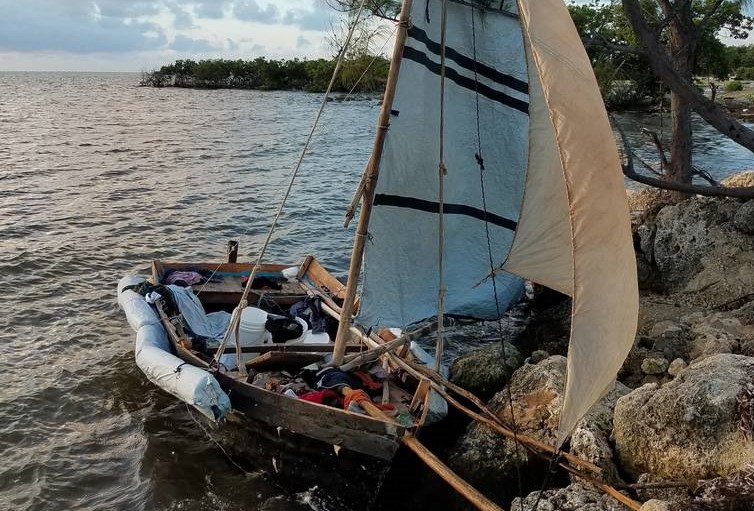- Joined
- May 13, 2010
- Messages
- 5,250
- Reaction score
- 763
- Location
- Los Angels, USA
- Gender
- Male
- Political Leaning
- Slightly Conservative
During the 1960s and 1970s no major investment in tourism was undertaken by the regime, and about 16 hotels were closed down reducing hotel capacity. International tourism was minimal, mostly limited to tourist from socialist nations. In 1976 was created the National Institute of Tourism (INTUR) to stimulate international tourism, and tourism started to grow. By 1999, 190,300 American tourist arrive in Cuba, making the United States the third largest supplier of visitors to Cuba.So do I. The ridiculous rule as I understood it used to be that if you reached shore, you might be able to apply for asylum. If caught in the waves, no. US policy has hardly worked, and Cubans suffer because of it. This is not to excuse the Cuban government, but if instead of a total embargo of the island we had US tourists wandering around it the past 60 years, the dictatorship would have ended.
According to Cuba’s National Statistics Office (ONE), in 2014 the number of tourists surpassed the three million mark. ONE figures for 2016 recorded 765,900 American tourists, making the U.S. the second larger source of tourism and tourist dollars to the Castroit regime after Canada.
American tourists have limited contact with Cubans. Most Cuban resorts are built in isolated areas, are off limits to the average Cuban, and are controlled by Cuba’s security apparatus. Most Americans don’t speak Spanish, have but limited contact with ordinary Cubans, and are not interested in visiting the island to subvert its regime.
From 2000 to 2016, about 42 millions of tourist from around the world visited Cuba. Around 13% of those visitors were from the US, over 5.4 million tourists. They haven’t been able to influence a political and economic opening of the Castroit tyrannical regime. So much for the argument of the U.S. tourist power to bring about change.









